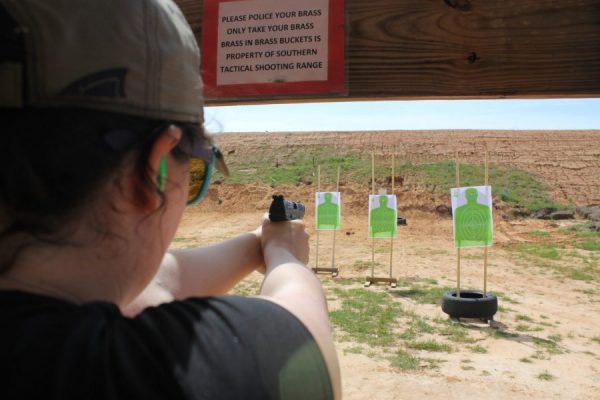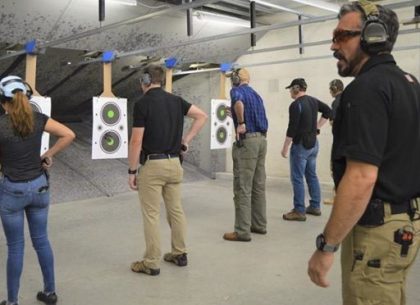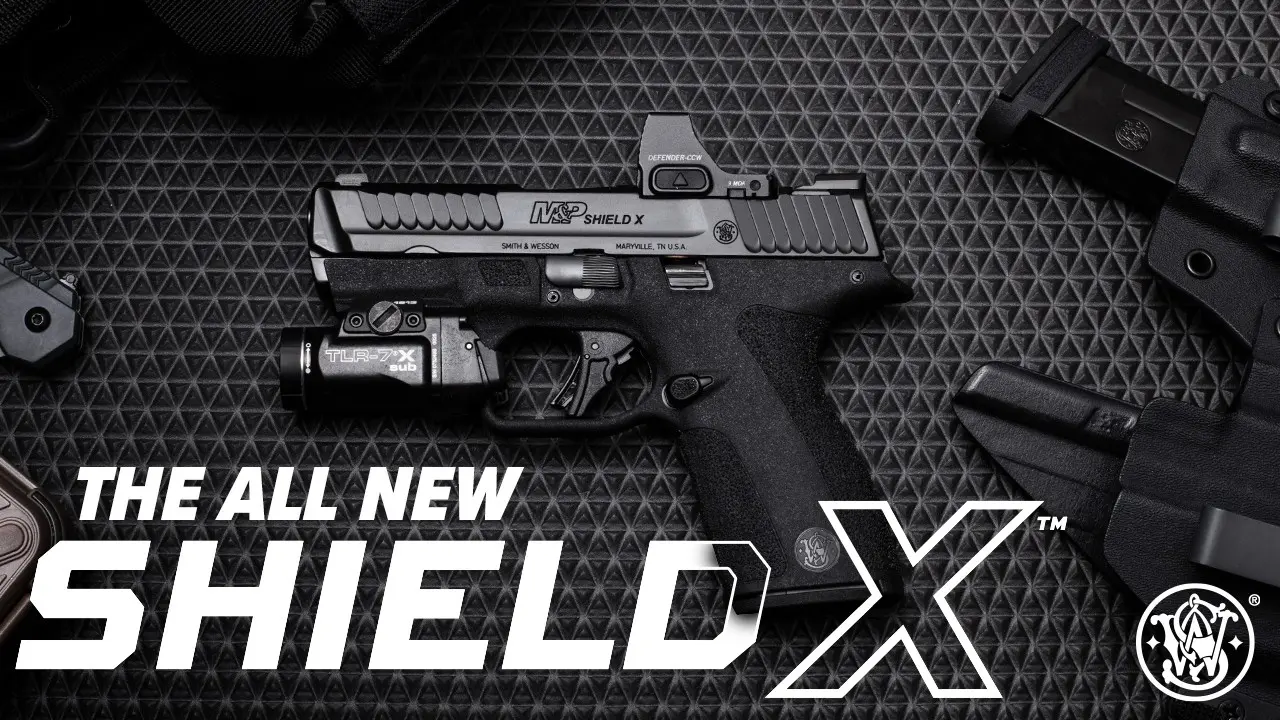They are very different and should be treated that way.
![]()
![]()
In most states, concealed carry permit applicants must not only take a class ranging from as few as four to as many as 16 hours (yes, Illinois, we’re looking at you here), they also have to put rounds down range to demonstrate at least a modicum of marksmanship that shows they know which end of the gun to point which direction and how to pull the trigger.
If you live in one of the few states, such as Washington and Utah, that doesn’t require you to shoot a qualification to get your concealed carry permit, you might not relate to this. For the rest of us, however, this will hit home.
For example, in my home state of Missouri, applicants must shoot a total of 40 rounds from 7 yards into two B-27 targets. The first 20 rounds go into a practice target to get the shooter used to the gun they are using (vital for first-timers using an unfamiliar rental) and the environment of the shooting range, which can be more than a little intimidating for new folks. Accuracy doesn’t matter for this first target because it’s just for practice. The shot-up first target is then taken down and typically thrown away.
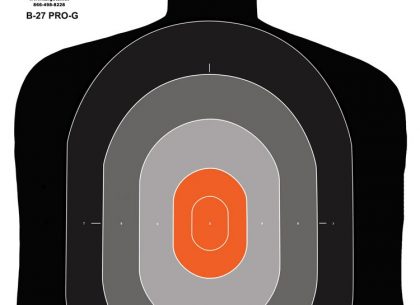
The second target is the one that counts. To qualify, a shooter must hit 15 out of 20 rounds into the target, somewhere on the silhouette. They don’t have to be in the middle 10 ring, just somewhere on the ink. Head shot, shoulder shot, center mass shot, all count the same. About 99% of students pass on the first try. To date, only two of my students have failed on the first try, and they both returned the next day and passed. I’d like to think it’s my stellar instruction that accounts for such a high success rate, but really the qual isn’t all that hard. We had a legally blind (not kidding) student pass.
The biggest lesson I offer my students after they pass is that what they did just now bears little resemblance to what will likely happen if they get involved in a real gunfight where lives are on the line. So while I’m all for states requiring a demonstration that a concealed carrier can at least shoot a gun, it’s not the same as real life.
Qualification
The range is a very controlled environment:
- – The paper target is standing still at 7 yards. It doesn’t move.
- – Everyone is wearing eye and ear protection.
- – Ballistic walls protect each lane.
- – Nobody is timing each shot – the qual only tests accuracy, not speed.
- – It’s climate-controlled.
- – At least one range safety officer monitors activity.
- – The target doesn’t shoot back.
- – No innocent bystanders are standing downrange.
The Real World
If these students ever find themselves in a real gunfight, all the bullet points above go away, replaced by these:
- – The target/bad guy will likely not be standing still.
- – Nobody is wearing eye and ear protection.
- – There are no ballistic walls protecting anyone.
- – Speed is of the essence – he who shoots first and fastest probably wins.
- – Who knows what the weather will be like?
- – No range safety officers.
- – The target most likely is shooting back and might have fired first.
- – There are innocent bystanders all around, including possibly behind the bad guy, so good marksmanship and decision-making are paramount. Every bullet has a lawyer attached to it. The rounds land in either a legal place or an illegal place, and we are responsible for which one.
One more critical element that is usually not part of the concealed carry qualification: drawing from a holster. In the real world, gunfights start by drawing the gun from concealment or at least from a holster, concealed or otherwise. This is a specialized skill that requires excellent training and a ton of practice to be proficient.
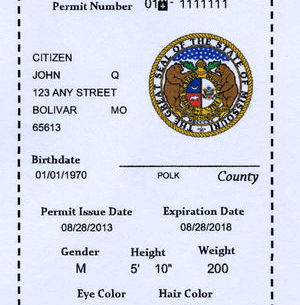
While getting a concealed carry permit is certainly a major step toward protecting yourself and your loved ones, it is just the start. Passing a basic shooting test shows only a minimum competency with a gun. If you take your self-protection seriously, seek advanced classes that go way beyond the minimum state requirements to carry legally. The plastic card in your wallet won’t protect you from bullets. Train, train, train, and train some more. Then practice those skills until they are second nature. Then – and only then – will you be equipped to protect yourself.
ABOUT THE AUTHOR:
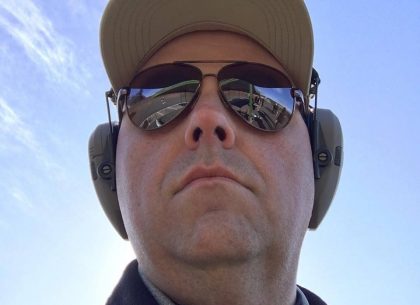
David Workman is an avid gun guy and a contributing writer to several major gun publications. As an NRA-certified instructor, David trains new shooters on basic handgun skills and CCW requirements and is a strong advocate for training as much as possible. “Real-life shootouts don’t happen at a box range.”
![]() You may also enjoy these popular articles:
You may also enjoy these popular articles:
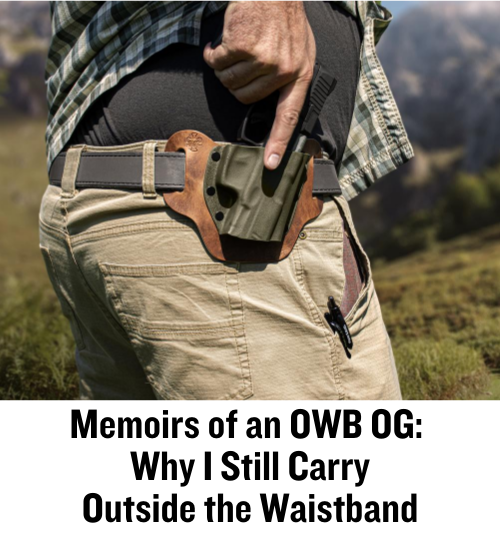
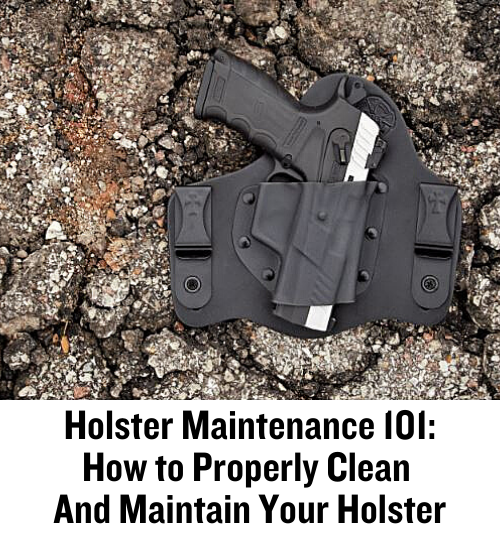
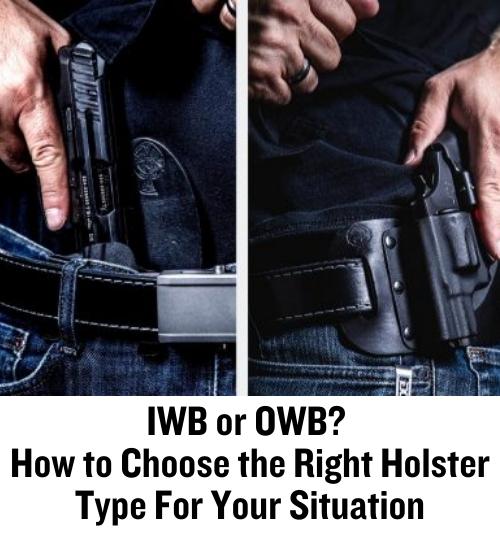

©MTC Holsters, LLC and CrossBreed Holsters Blog, 2021.
Unauthorized use and/or duplication of this material without express and written permission from this site’s author and/or owner is strictly prohibited. Excerpts and links may be used, provided that full and clear credit is given to David Workman and the CrossBreed Blog with appropriate and specific direction to the original content.
![]()

